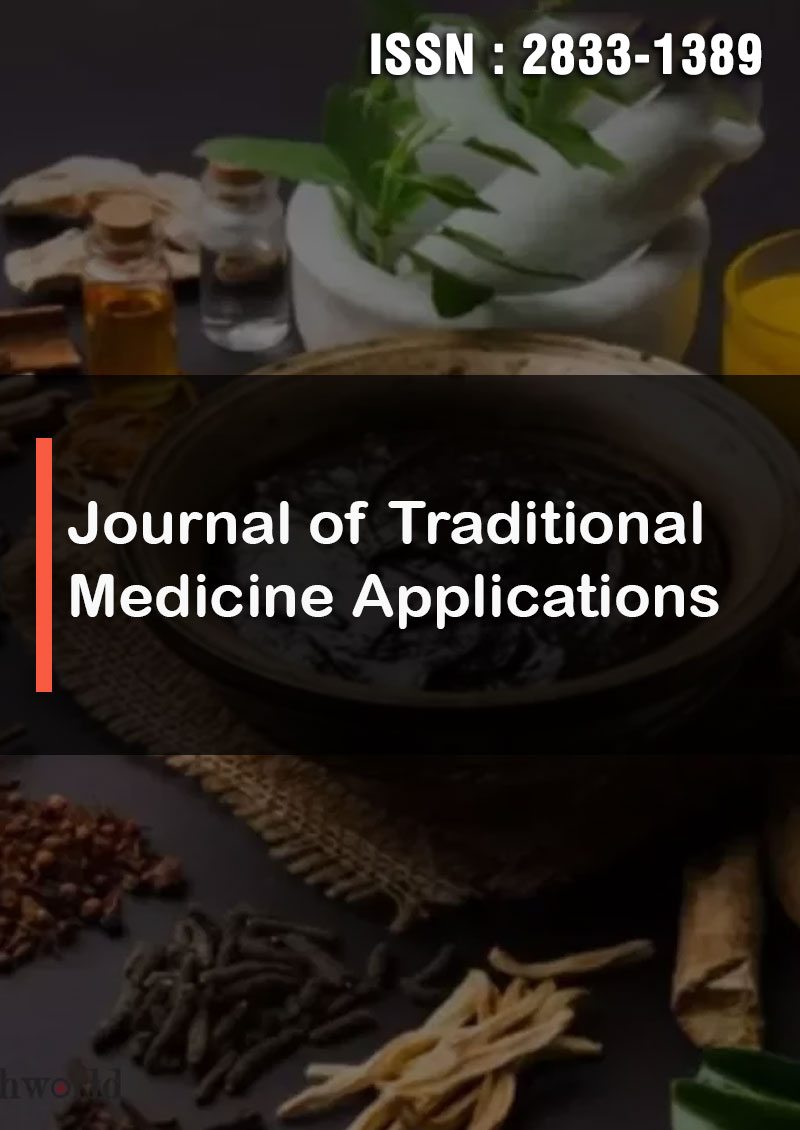Reverse Pharmacology and Network Pharmacology: Principles and Applications in Herbal Medicine
Abstract
Dejen Nureye
Drugs that were therapeutic were frequently unintentionally found in medicinal plants during the early days of pharmacology. Cost, time, and toxicity are the three main bottlenecks that can be reduced by the recently developed academic field of reverse pharmacology. Reversing the typical “laboratory-to-clinic” drug discovery pipeline approach to “clinic-to-laboratories” is the idea behind reverse pharmacology, which was influenced by traditional knowledge. Reverse pharmacology aims to optimise the safety, efficacy, and acceptability of natural product leads by studying their mechanisms of action at various levels of biological organisation and by applying pertinent sciences to these findings. New Chemical Entities must go through the drawn-out pre-clinical and clinical research phases of the traditional drug discovery and development process. Conversely, the reverse pharmacology path represents a cyclical approach to drug discovery and development. Drug development from natural products, such as anti-malarial, anti- hypertensive, and anti-Parkinson’s medicines, can benefit from the application of reverse pharmacology. The one drug, one target, and one illness method used in drug discovery today is becoming less and less effective. Drug research is quickly embracing the idea of developing multi-target therapeutics to treat complex illnesses. In this context, disease mechanisms are defined by network pharmacology as networks that are best targeted by a combination of treatments that function in concert. Recently, network pharmacology has gained popularity as a means of better understanding the mode of action of herbal remedies. Network pharmacology has several benefits, such as controlling the signalling route through several channels, improving therapeutic efficacy, lowering adverse effects, raising clinical trial success rates, and lowering drug discovery expenses. The field of network pharmacology has its roots in traditional Chinese medicine and has developed alongside it. Static networks and dynamic networks are the two broad groups into which network pharmacology-based techniques fall. The main goals of network pharmacology research are to find genes linked to compounds and diseases, build a network, and then analyse and visualise the network. In order to properly validate the interaction between highly active constituents and their potential targets, further network validation is carried out in the end. Several applications for network pharmacology can be found in drug research, pharmacology, and traditional medicine.




